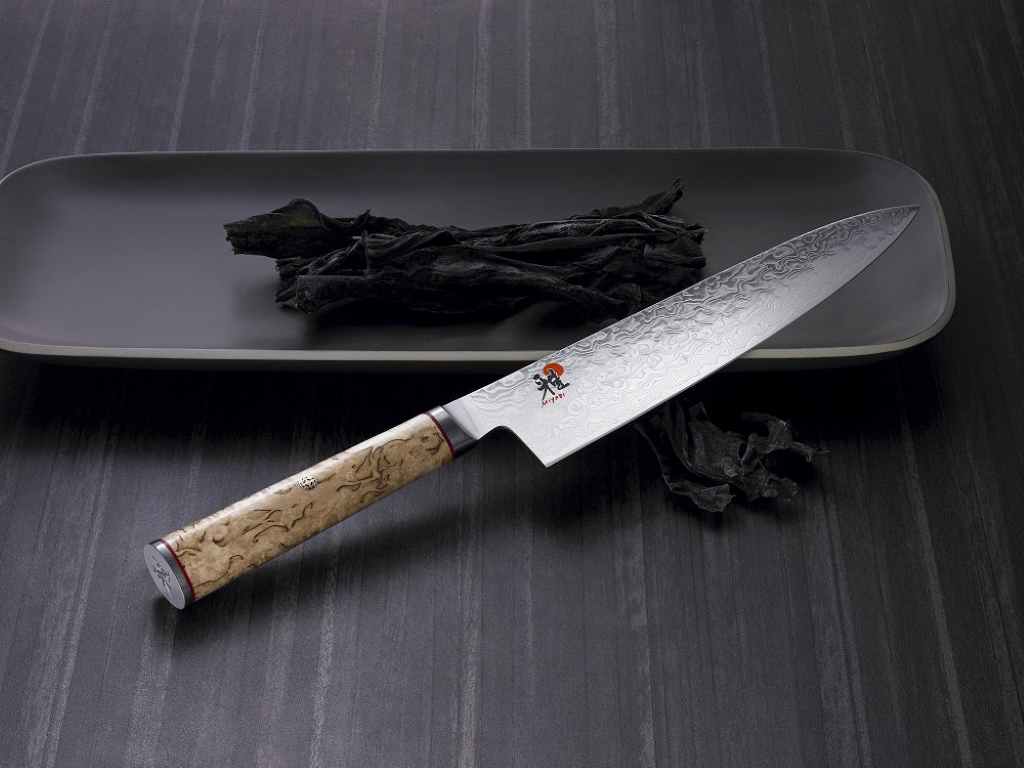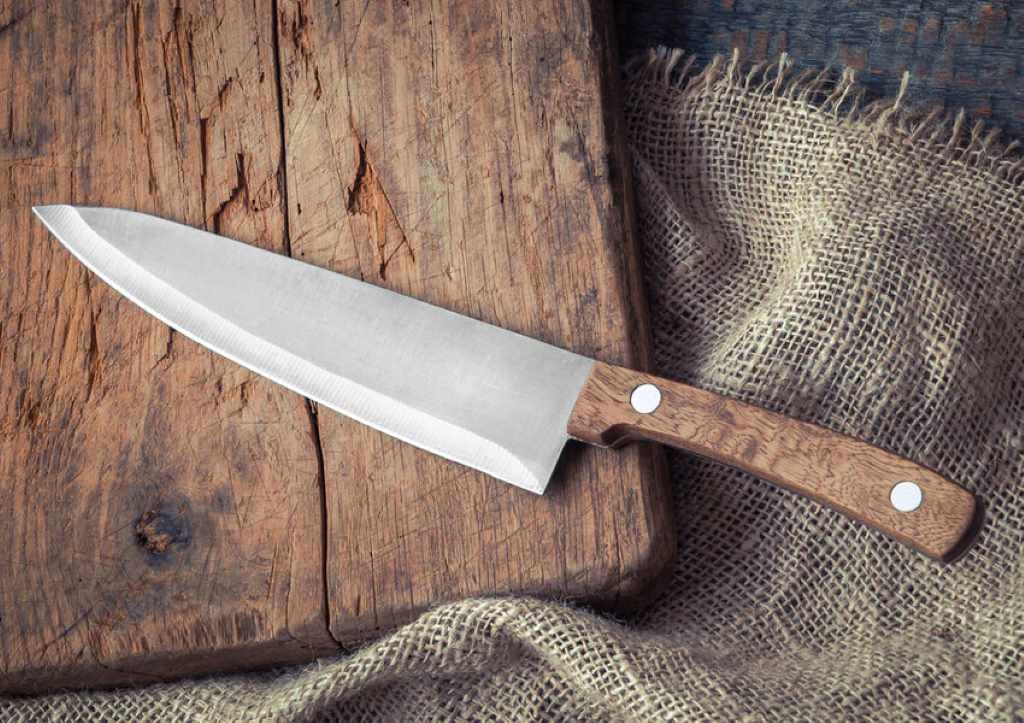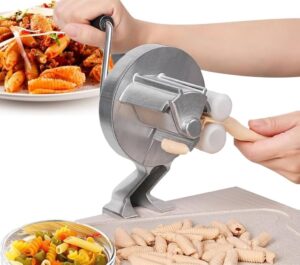The Impact of Handle Material on Knife Performance: A Comprehensive Exploration

A knife is an essential tool in any kitchen, workshop, or outdoor adventure, and its handle plays a critical role in its overall performance and user experience. While the blade often receives the most attention, the handle material significantly influences factors such as comfort, control, durability, and safety. This article delves into the world of knife handle materials, examining their properties, benefits, and drawbacks, and how they contribute to a knife’s overall performance.
The Importance of Handle Material
The handle material directly affects several aspects of knife usage:
- Comfort: A comfortable handle reduces hand fatigue during extended use, allowing for greater precision and control.
- Grip: The handle’s texture and shape contribute to a secure grip, especially in wet or slippery conditions, preventing accidents.
- Control: A well-designed handle enhances maneuverability, enabling intricate cuts and delicate tasks.
- Durability: The handle material’s resistance to wear and tear, moisture, and temperature fluctuations ensures the knife’s longevity.
- Balance: The handle’s weight and density influence the knife’s overall balance, affecting its handling and cutting efficiency.
- Aesthetics: The handle material’s appearance contributes to the knife’s visual appeal and can reflect personal style and preferences.

Common Knife Handle Materials
A wide array of materials is used for knife handles, each with its unique set of characteristics. Some of the most popular options include:
- Wood:
- Advantages: Natural beauty, warm feel, comfortable grip, good shock absorption, and easy to customize.
- Disadvantages: Susceptible to moisture damage, can crack or warp, requires regular maintenance.
- Popular choices: Walnut, maple, rosewood, ebony, and stabilized wood (impregnated with resins for enhanced durability).
- Micarta:
- Advantages: Extremely durable, excellent grip even when wet, resistant to moisture and temperature changes, wide range of colors and patterns.
- Disadvantages: Can be slippery when dry, less shock absorption than wood, can feel cold to the touch.
- Common uses: High-performance knives, tactical knives, and outdoor knives.
- G-10:
- Advantages: Similar to Micarta but even more durable, lightweight, impervious to moisture, and offers a good grip.
- Disadvantages: Can be slippery when dry, less shock absorption than wood, can feel cold to the touch.
- Popular applications: Tactical knives, survival knives, and everyday carry knives.
- Stainless Steel:
- Advantages: Highly durable, hygienic, easy to clean, corrosion-resistant, and offers a sleek, modern look.
- Disadvantages: Can be slippery, especially when wet, conducts heat and cold, and can feel heavy.
- Common uses: Kitchen knives, chef’s knives, and professional cutlery.
- Titanium:
- Advantages: Lightweight, incredibly strong, corrosion-resistant, hypoallergenic, and offers a unique, high-tech aesthetic.
- Disadvantages: Can be expensive, can feel slippery, conducts heat and cold.
- Popular choices: High-end knives, custom knives, and EDC knives.
- Bone:
- Advantages: Natural beauty, unique patterns, comfortable grip, and adds a touch of elegance.
- Disadvantages: Can be brittle, susceptible to moisture damage, and requires careful maintenance.
- Common uses: Traditional knives, hunting knives, and collector’s items.
- Polymer/Synthetic Materials:
- Advantages: Wide range of colors and textures, lightweight, durable, moisture-resistant, and often offer a good grip.
- Disadvantages: Can feel less premium than natural materials, may not be as comfortable as wood, and some may degrade over time with exposure to UV light.
- Popular choices: Zytel, Kraton, Grivory, and other proprietary blends.
Choosing the Right Handle Material
The ideal handle material depends on the knife’s intended use, personal preferences, and budget. Consider the following factors when making your selection:
- Intended use: Kitchen knives benefit from hygienic and easy-to-clean materials like stainless steel or synthetic materials. Outdoor knives require durable and weather-resistant handles like Micarta or G-10.
- Grip: If you frequently use your knife in wet or slippery conditions, prioritize materials with excellent grip, such as Micarta, G-10, or textured synthetic materials.
- Comfort: If you plan on using your knife for extended periods, opt for comfortable materials like wood or those with ergonomic shaping.
- Durability: For heavy-duty use or harsh environments, choose highly durable materials like G-10, stainless steel, or titanium.
- Aesthetics: Select a handle material that complements the knife’s overall design and reflects your personal style.
- Maintenance: Some materials, like wood and bone, require regular maintenance to preserve their beauty and functionality.
- Budget: When selecting handle materials, it’s important to consider your budget as prices can vary. Additionally, if you’re trying to decide between a carpet knife vs. utility knife for specific tasks, you might find it helpful to explore the differences in functionality and efficiency. For more insights, you can check out https://bestusatools.com/hand-tools/utility-knife/carpet-knife-vs-utility-knife-cutting-through-the-confusion/.
Conclusion
The handle material plays a pivotal role in a knife’s overall performance, influencing comfort, control, durability, and safety. By understanding the properties, benefits, and drawbacks of different handle materials, you can make an informed decision and choose a knife that perfectly suits your needs and preferences. Whether you’re a professional chef, an outdoor enthusiast, or simply someone who appreciates a well-crafted tool, the right handle material can significantly enhance your knife experience and ensure years of reliable service. Remember, a knife is an extension of your hand, so choose a handle that feels comfortable, secure, and inspires confidence in every cut.







